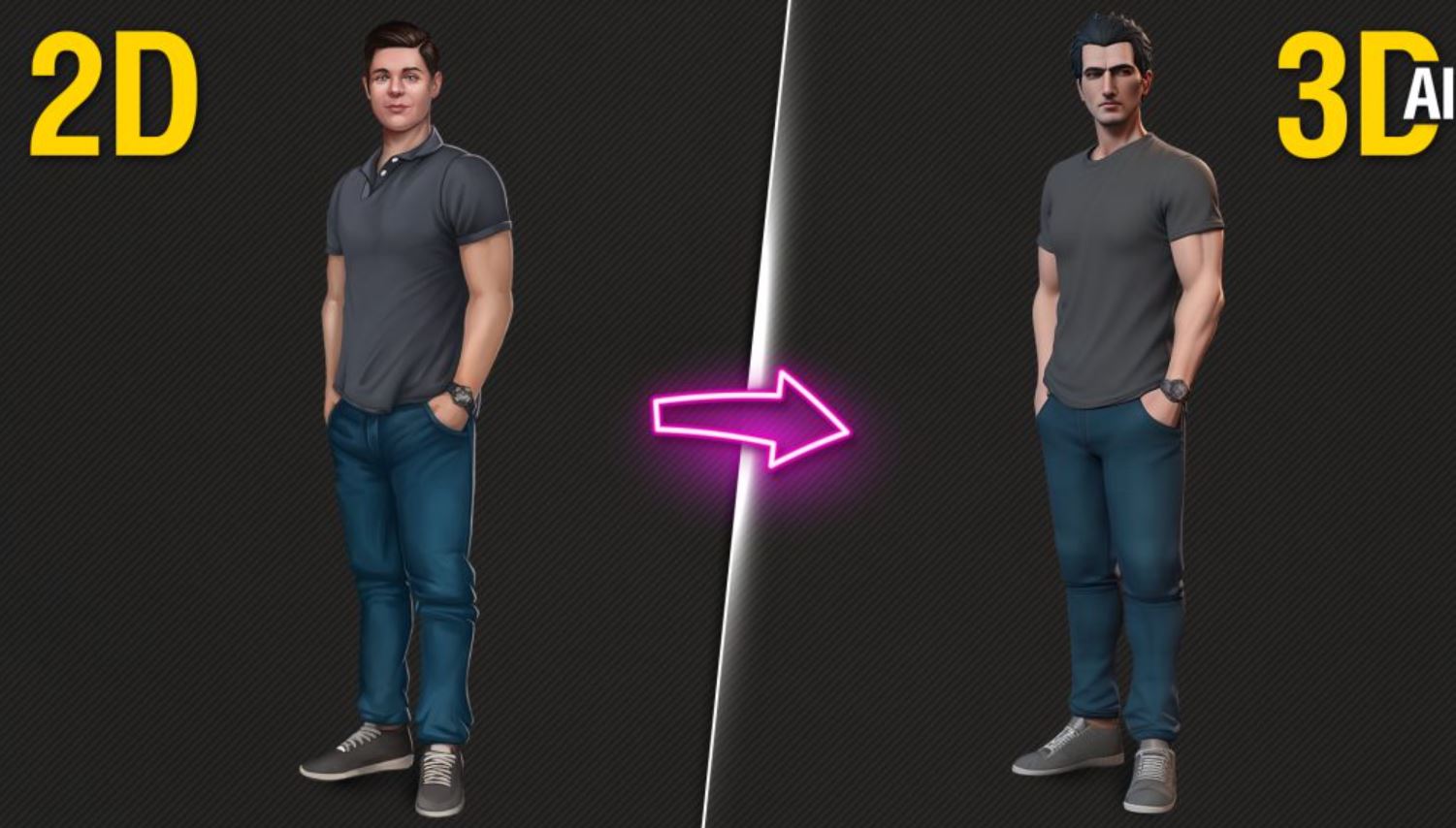 Hey there! If you’ve ever wondered how those flat images on your screen can transform into detailed 3D models, you’re in the right place. This journey from 2D to 3D is more than just snapping a few photos and letting some software do its magic. It’s a process that requires a bit of science and strategy to get those high-quality results we all aim for.
Hey there! If you’ve ever wondered how those flat images on your screen can transform into detailed 3D models, you’re in the right place. This journey from 2D to 3D is more than just snapping a few photos and letting some software do its magic. It’s a process that requires a bit of science and strategy to get those high-quality results we all aim for.
Let’s dive into the core principles that make 3D reconstructions successful. First, you’ve got to think about how you position your images. Then, there’s the processing stage, which is all about keeping things clean and efficient. And finally, troubleshooting is your best friend when things don’t go as planned. Mastering these steps will set you up for success.
Understanding the 3D Reconstruction Pipeline
The 3D reconstruction process is like building a house—each step builds on the last, and if one part is off, it affects the whole structure. We start with something called natural feature extraction. This is where we identify unique points in your images that can be consistently found across different photos. Think of these as the anchors that help align all your views.
Once you’ve got those features, it’s time for feature matching. This step is crucial because it connects the dots between images, helping determine where the camera was positioned for each shot. Techniques like the ratio test come in handy here, helping weed out unreliable matches.
Camera Pose Estimation and Triangulation
Next up, we estimate the camera’s pose, which is a fancy way of saying we’re figuring out where the camera was and how it was oriented when each photo was taken. This is where the essential matrix comes into play, helping us understand the geometric relationships in the scene. This step is all about getting those rotation and translation vectors right, which are crucial for building your 3D model.
Refining with Bundle Adjustment
Now, let’s talk about bundle adjustment. This is the part where we fine-tune everything—camera parameters, 3D point positions, you name it. The goal here is to minimize errors and make sure your model is consistent and reliable.
Bringing It All Together with Dense Matching
Finally, we wrap things up with dense matching. Techniques like Multi-View Stereo help create a detailed point cloud, giving you a comprehensive representation of your scene. Software tools like COLMAP and Meshroom make these steps more accessible, but understanding the mechanics can really help when things get tricky.
Automation scripts, especially with tools like COLMAP, can streamline this process, letting you handle complex tasks with minimal manual input. By grasping the full 3D reconstruction pipeline—from capturing images to dense reconstruction—you’ll be well-equipped to tackle common issues like incorrect camera poses or incomplete models.
Practice makes perfect, so working with real datasets and leveraging automation can really solidify your skills. With these insights, you’re on your way to mastering advanced 3D modeling projects.








